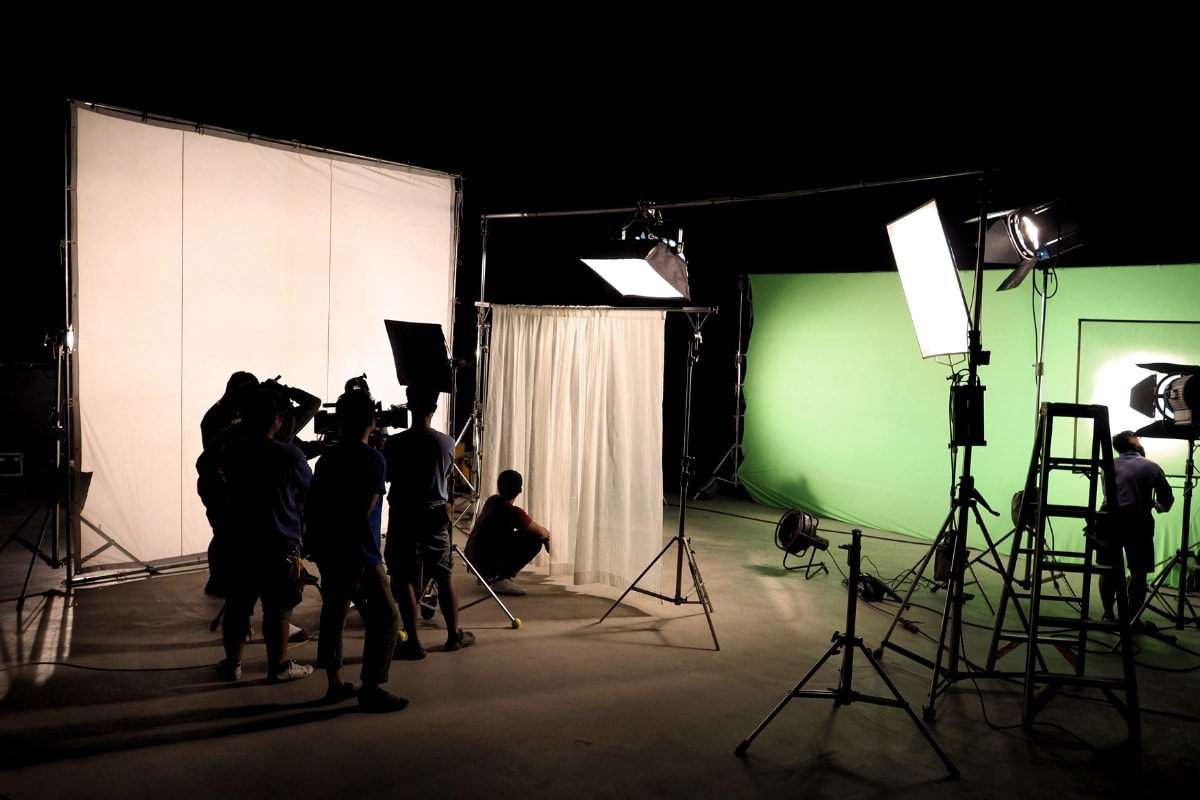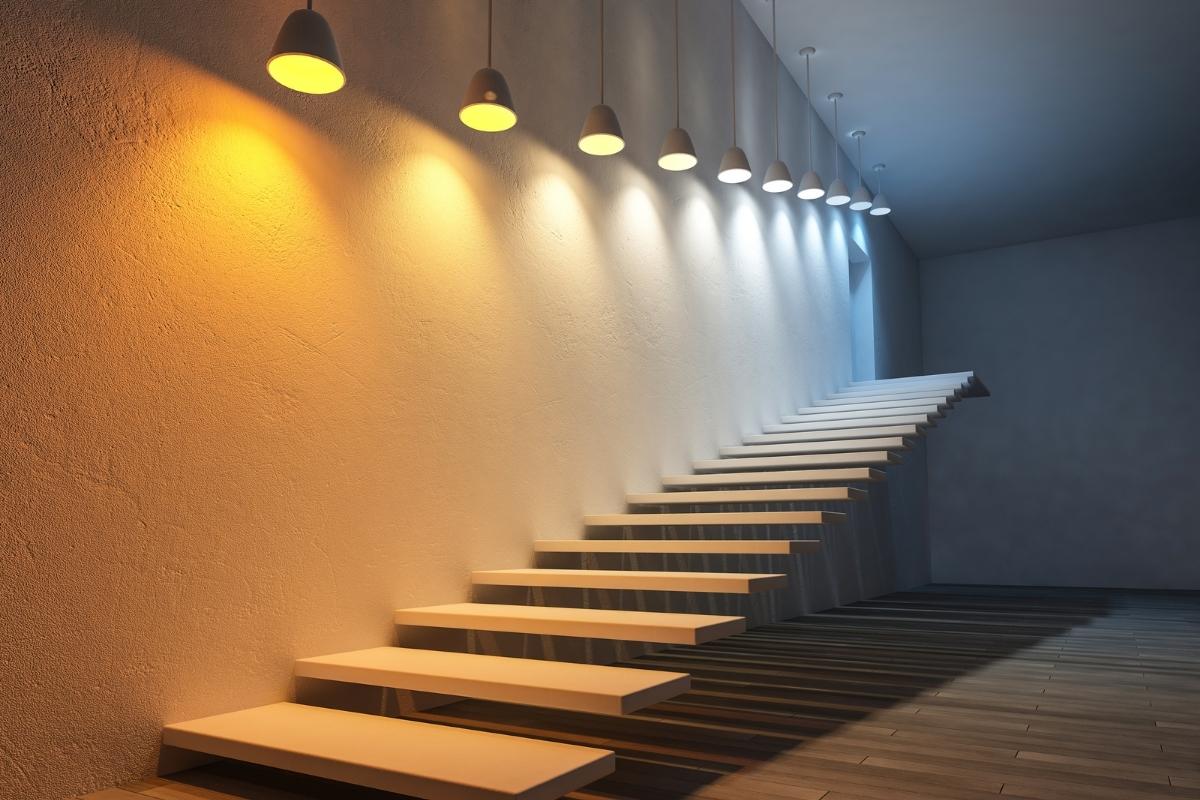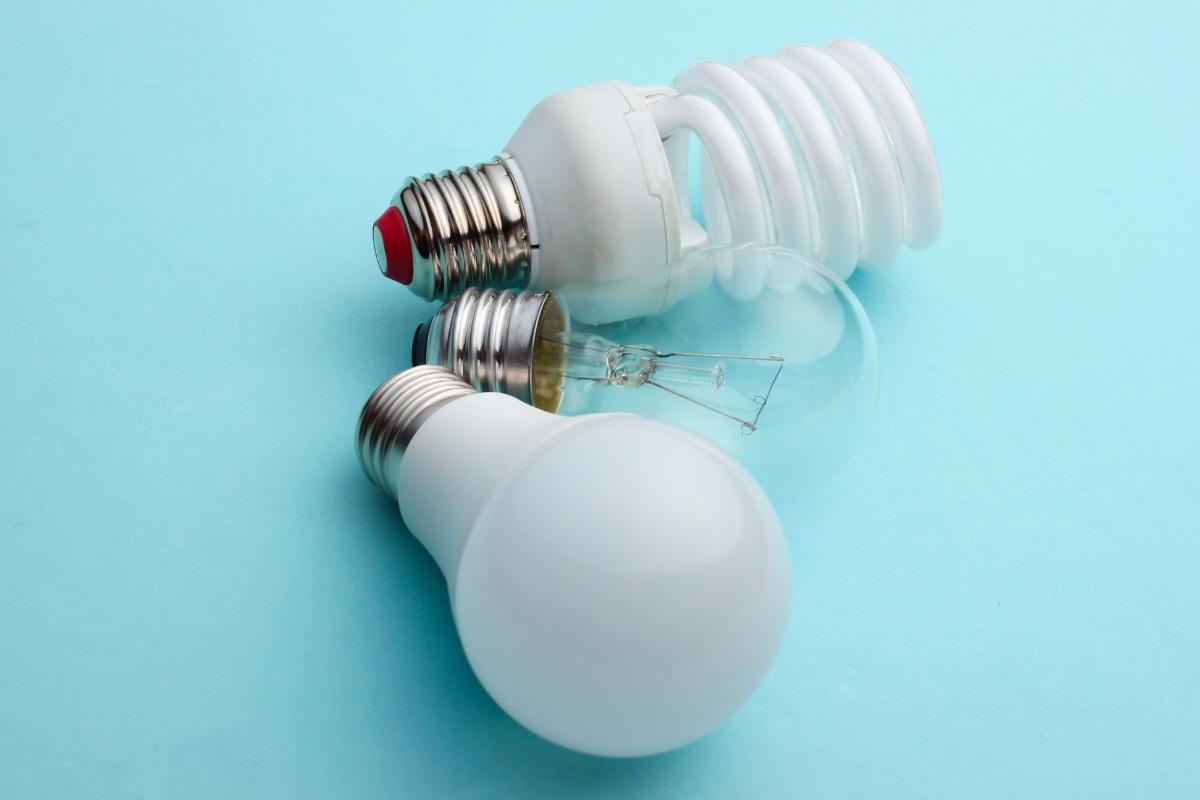What Is a Key Light
A key light is the primary source of artificial light used to illuminate the main subject or object in a scene. It is not a specific type of lighting equipment, but rather the main light source that has the greatest effect on the image. The key light is responsible for highlighting the subject’s dimensions, form, and creating a sense of depth. It is typically positioned high and off to one side, opposite from where the camera is placed, to create a natural and flattering look. The placement of the key light can be adjusted for dramatic effect by changing its angle or using directional tools like reflectors or scrims.
In photography and cinematography, the key light is the brightest and most visible light on a set. It is often placed in front of the subject at an angle to illuminate one section of the subject. The strength, color, and angle of the key light play a crucial role in a cinematographer’s lighting design. It helps to shape the subject’s three-dimensional form and creates highlights and shadows that add depth and dimension to the overall composition.
The key light not only illuminates the subject but also helps define its shape and form. Lighting designers can adjust the intensity, color temperature, and quality of the light to create different effects and evoke specific emotions. For example, a harsh and direct key light can create a dramatic and intense mood, while a soft and diffused key light can produce a more gentle and romantic atmosphere.
In stage lighting, the key light serves a similar purpose of illuminating the main subject or actor on stage. It draws the audience’s attention to the focal point of the performance and conveys the desired emotions and messages.
The key light is not limited to a specific type of light source or fixture. It can be achieved using various lighting equipment, such as studio lights, spotlights, or even natural sunlight. The choice of light source depends on the desired aesthetic and the specific requirements of the production.
Why Is a Key Light Important
A key light is essential in the lighting industry for several reasons. It serves as the main source of light in a shot, providing the primary illumination for the subject or object being photographed or filmed. This is crucial for properly exposing and highlighting the shapes, dimensions, and forms of the subject, ensuring that it appears clear and well-lit on screen. Key lighting also works in conjunction with other lights very well, such as fill lights and backlighting, to create a harmonious lighting setup for achieving a well-balanced and visually pleasing composition.
The key light also sets the overall mood and atmosphere of a scene. By strategically positioning and adjusting the key light, lighting designers can create different effects and evoke specific emotions. For example, a harsh and direct key light can create a dramatic and intense atmosphere, while a soft and diffused key light can create a more gentle and romantic ambiance.
In addition, the key light helps to create depth and dimension in the image or video. By casting shadows on the subject, it adds texture and shape, making the subject appear more three-dimensional and lifelike. This is particularly important in portrait photography or close-up shots, as it helps to bring out the contours of the face and body, emphasizing the subject’s features and expressions.
Furthermore, the key light is great in separating the subject from the background. By illuminating the subject more prominently than the surrounding environment, the key light helps to create a visual hierarchy, directing the viewer’s attention to the main subject of the scene. This is especially important in situations where there may be distractions in the background or when the subject needs to stand out in a crowded or complex composition. Key lighting allows for creative expression and storytelling. Lighting designers can use the key light to communicate symbolism, represent themes, and convey subtext. By manipulating the key light, they can evoke specific emotions and enhance the overall narrative of a scene.









